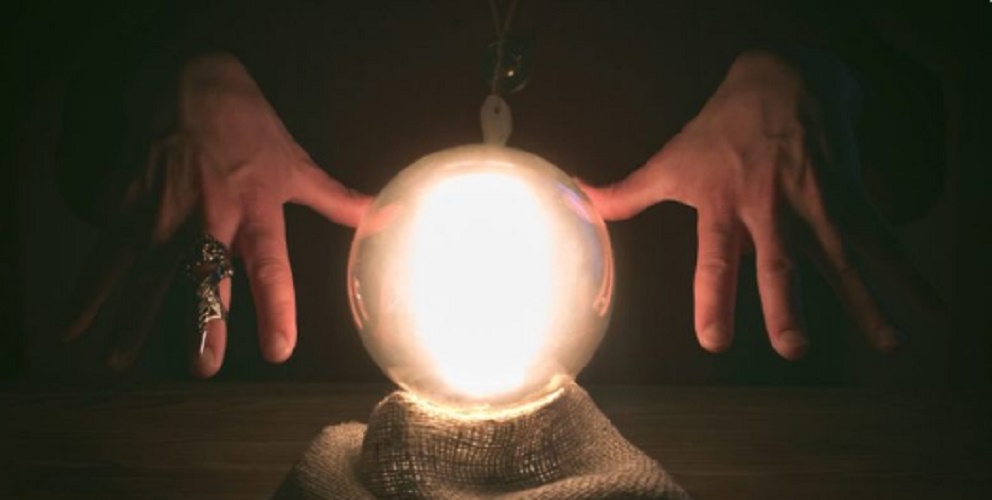What is a pseudoscience?
We explain what pseudosciences are and what their characteristics are. In addition, types and examples of pseudosciences.
-
-
What is a pseudoscience?
-
Pseudoscience or pseudoscience is called all forms of affirmation, belief or practice that appears to be scientific without being , that is, without following the steps of objective verification stipulated in the Scientific Method . Therefore, the postulates of a pseudoscience cannot be proven reliably, nor do they have official scientific status, nor are they endorsed or legitimized by any institution in the area.
The science is characterized by the acquisition of knowledge through observation and experimentation of reality , empirically. Pseudosciences, on the other hand, are based more on a system of popular beliefs, judgments and half truths , which always remain in an uncertain region, often infallible, unverifiable and even mystical.
The boundaries between science and pseudoscience have political and philosophical implications, and are vital in matters of health , law , environmental policy or scientific education. However, many pseudoscientific beliefs are deeply rooted and distributed in people of all educational and cultural conditions .
Hence, in the fields of knowledge the term “pseudoscientific” is used with a pejorative charge, to say something that is closer to occultism and popular mythology than to properly logical, rational and scientific knowledge.
-
Pseudoscience characteristics
A pseudoscience usually has some of the following characteristics:
- It is occultist . It relies on the gloom of scientific knowledge, usually as part of a story of global conspiracy, arcane knowledge or secret traditions , so that their followers feel they have a supreme and exclusive truth .
- It has no official legitimacy . Pseudoscientific doctrines do not appear in official scientific publications, nor do they have the support, support and interest of the institutions that hold and promote scientific knowledge. On the contrary, they are frequent in dissemination, superstition and occult publications.
- Copy the scientific terminology . Apparently, a pseudoscience uses scientific terms and language similar to that of an official discipline, but without the support and specialized knowledge behind the sciences. It is a kind of “disguise” that does not support a specialized review and that many times unintentionally exposes the author’s ignorance about the specific issue, since they use scientific terms in an inaccurate way or contrary to their meaning.
- It is dogmatic . It raises a series of beliefs that must be accepted or rejected, but that do not allow refutation and verification, as the exact sciences do.
- It does not pursue general laws . Unlike the sciences, they usually raise particular cases that contradict the general apparatus of the human sciences.
- Does not accept revision . He usually attacks his detractors with ad-hominem arguments (to the person), such as accusing of blindness, of being part of the “system” or of persecuting the “enlightened ones.”
- It is immutable . They adhere to their body of beliefs without rethinking, reassessing or developing them further, even in the face of the evidence of official scientific discourse.
- It is inconsistent . Their approaches are not integrated with other fields of knowledge (external incoherence), nor do they respond coherently to their own postulates (internal incoherence).
-
Examples of pseudoscience

Some of the disciplines currently considered as pseudosciences are the following:
- Astrology . The belief that the position of the stars at the time of birth of a child has a marked influence on his character , his destiny and his relationships with others.
- Magnetoterapia . A practice that involves diseases as imbalances in the magnetic and electric field of the human body, and that aspires to cure them by applying magnets and metals on the skin.
- Cryptozoology . The study of living beings (animals) unknown to contemporary zoology, from testimonies and vestiges (traces, remains, etc.), when not supposed photographs, as happened with the Loch Ness Monster, with the Yeti, etc.
- Feng Shui . Coming from the east of the world, this discipline explains the energetic currents of people through the orientation and disposition of the elements of their home, to achieve a therapeutic harmony.
- Phrenology . Widely practiced in the nineteenth century, this doctrine was intended to determine the facilities, impulses and personality defects of people from the shape and characteristics of their skull.
- Parapsychology . The study of extrasensory phenomena among living human beings, such as telepathy, clairvoyance, telekinesis, and even contact with the dead or with “other planes” entities.
- Ufology . The doctrine that sustains the presence on Earth of extraterrestrial life and that tries to prove its manifestations and its contacts with the human species, as well as its responsibility in the construction of great historical landmarks (such as the pyramids of Egypt).
-
Types of pseudoscience
There is no “official” classification of pseudosciences, but we could broadly classify them according to the logic of their doctrine:
- Conspiratorias . Those who aspire to reveal to the public a “truth” that has been denied by powerful groups and secrets or consortia of global interests.
- Historicist . Those who try to demonstrate their postulates through reinterpretations of true historical events in light of their doctrine.
- Metaphysical . Those who try to give an alternative explanation (usually magical, mystical or para-scientific) to real and proven phenomena, or even more to those that have not yet been deciphered by science.





